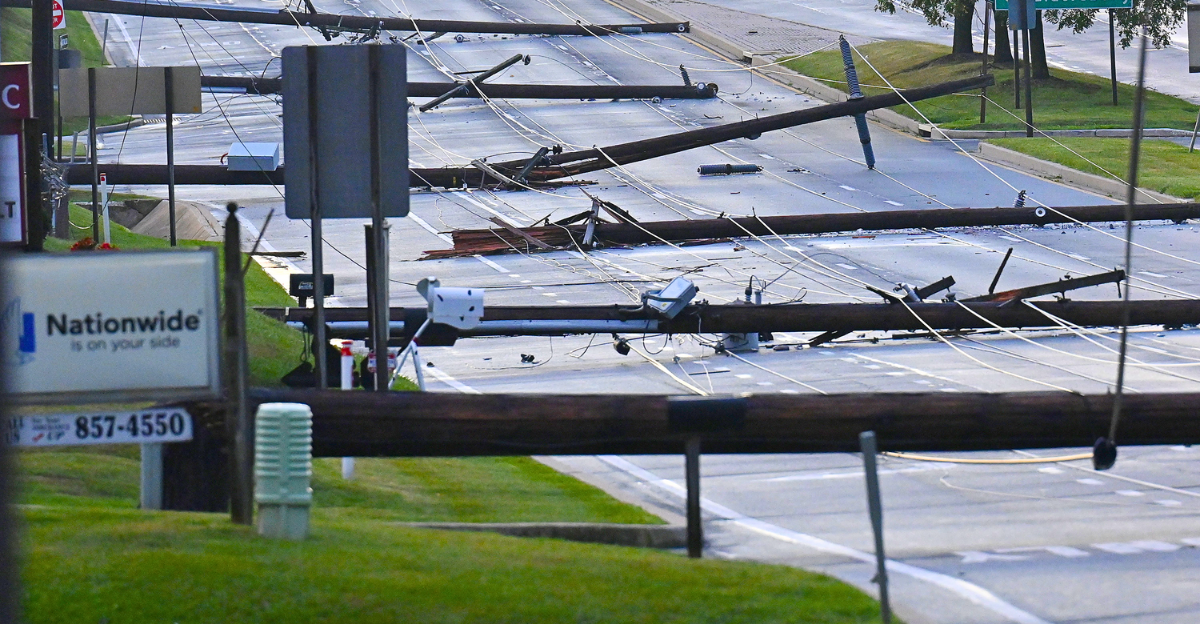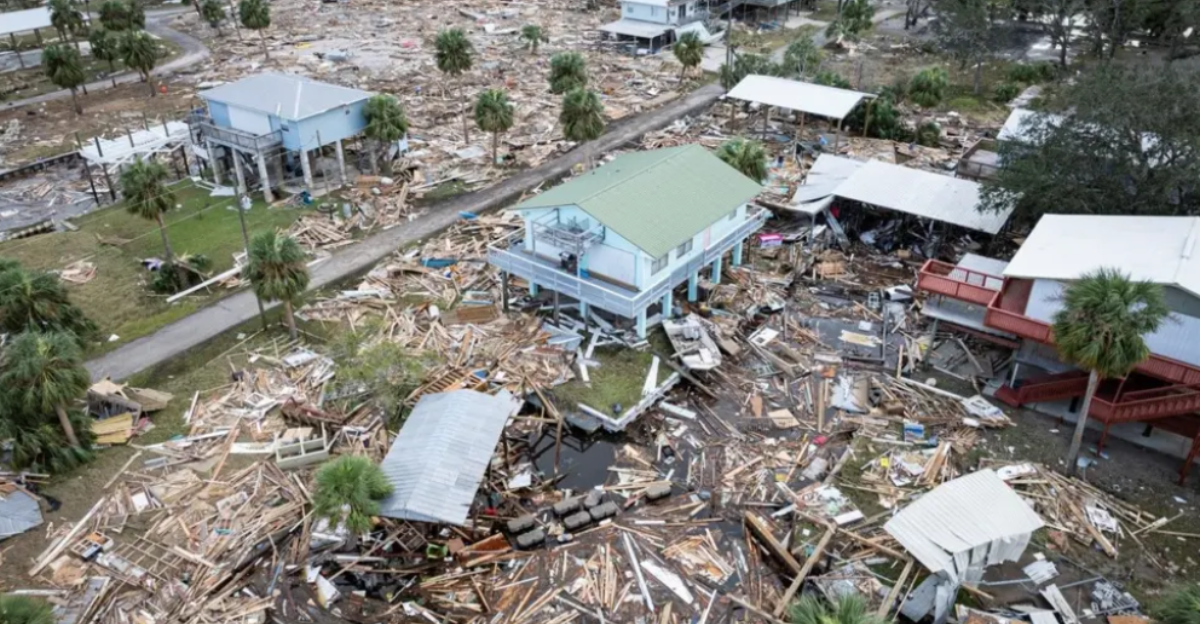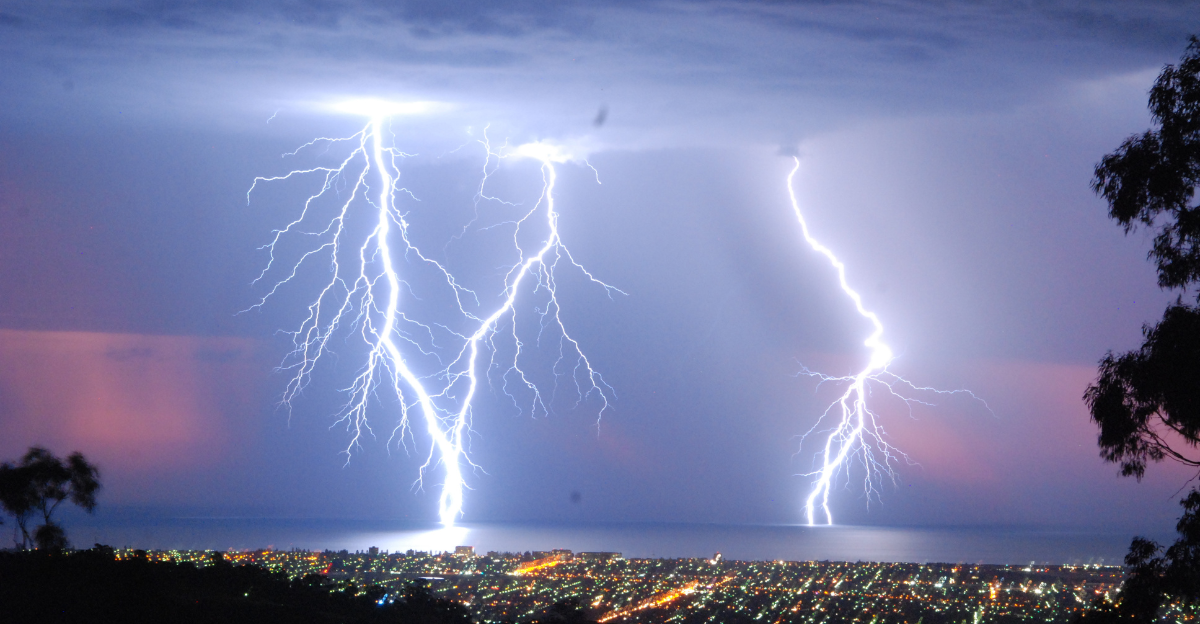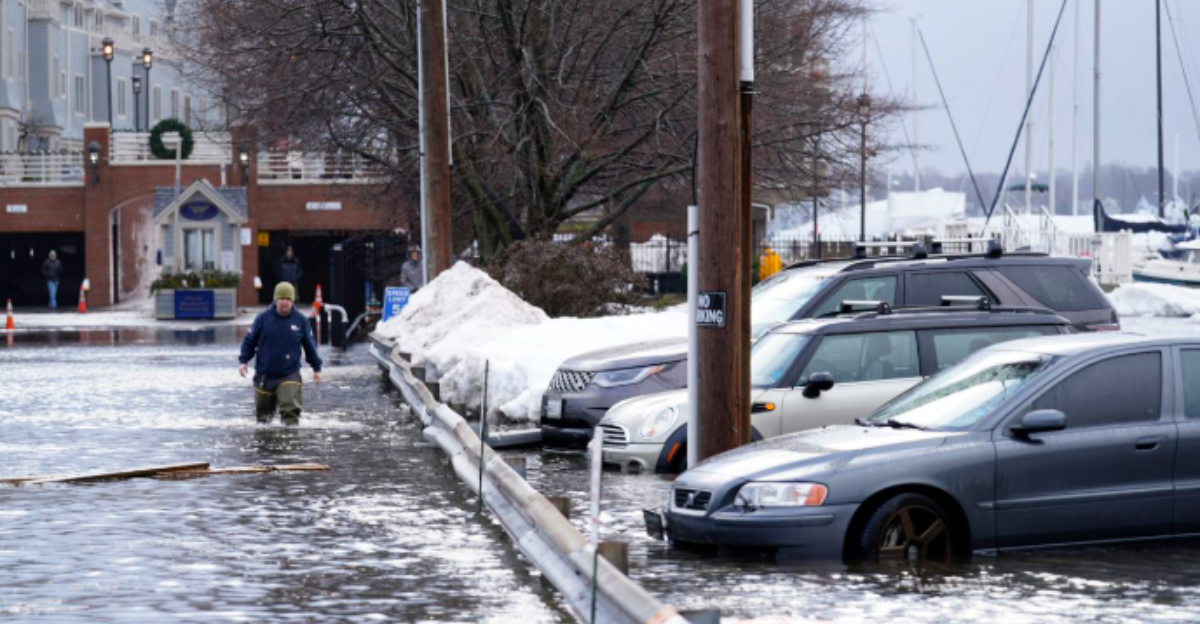
A massive storm is rapidly forming off the East Coast, signaling potential widespread disruption for millions. This is no ordinary weather event; it carries the power to upend daily life and infrastructure on an unprecedented scale. As the storm intensifies, communities along the Eastern Seaboard are bracing for impact, but the full extent of the threat remains uncertain.
The atmosphere is tense as meteorologists monitor this developing mega storm, which could redefine the region’s storm preparedness and resilience. The question on everyone’s mind: How severe will the consequences be? This growing threat demands attention and vigilance as it barrels toward the coast.
Stakes Rise Across the East Coast

The approaching storm threatens to disrupt power, transportation, and emergency services, from major metropolitan hubs to suburban neighborhoods. Power grids, already under strain from aging infrastructure and increased demand, face the risk of collapse. Emergency responders are mobilizing, but the scale of the potential outages and damage could overwhelm resources.
Millions of residents may experience prolonged blackouts, flooding, and wind damage, compounding challenges for vulnerable populations. The storm’s impact could ripple through everyday life, affecting everything from healthcare to commerce. Communities must prepare for significant interruptions as this threat intensifies.
Remembering Past Storms

The East Coast has a long history of battling severe storms from historic hurricanes like Sandy to fierce nor’easters. These events have tested the resilience of infrastructure and communities alike. Yet, each storm brings new lessons and challenges. This mega storm evokes memories of past disasters but also signals a new level of intensity, shaped by changing climate patterns.
Such storms’ increasing frequency and strength highlight the urgent need for improved preparedness and infrastructure upgrades. The past is a stark reminder of what’s at stake and what might come next.
Fragile Systems Meet Climate Change

The convergence of climate change and aging infrastructure has created a precarious situation. Rising ocean temperatures fuel stronger storms, while outdated power grids struggle to handle surging demand. This perfect storm of environmental and systemic vulnerabilities leaves critical infrastructure exposed.
Power grids, designed decades ago, are ill-equipped to withstand the increasing frequency and severity of extreme weather events. Without significant investment and modernization, the risk of widespread outages and infrastructure failures grows. The East Coast faces a critical test of its ability to adapt and protect its communities.
Mega Storm Threatens Power Grid Collapse

Meteorologists confirm this mega storm is heading straight for the East Coast, with forecasts warning of potential widespread power grid collapse. The storm’s intense winds and flooding threaten to damage critical transmission lines and substations, risking prolonged outages for millions.
Utility companies are preparing for the worst as the storm’s fury approaches, but the scale of the threat is unprecedented. This could be one of the most recent disruptive weather events, cascading effects on public safety, commerce, and daily life. The East Coast faces a dire challenge to maintain power and stability amid this crisis.
Regional Impact: From Florida to New England

The storm’s reach spans from Florida’s Gulf Coast through the Carolinas and up to New England, with each region facing unique challenges. Coastal areas prepare for severe flooding and wind damage, while inland communities brace for power failures and emergency response demands.
Floodwaters threaten low-lying areas, and high winds risk uprooting trees and damaging infrastructure. Emergency shelters and evacuation plans are being activated across states. The diversity of impact zones complicates response efforts, requiring coordinated action across multiple jurisdictions. Residents are urged to stay informed and heed official warnings as the storm approaches.
Local Businesses Brace for Impact

Franchise owners and local businesses are already feeling the pressure as the storm threatens operations. Power outages could halt sales, spoil inventory, and disrupt supply chains. Many are taking emergency measures to protect assets, including securing premises and investing in backup power solutions.
The economic fallout could be severe, especially for small businesses with limited resources. Recovery efforts may be prolonged, impacting livelihoods and local economies. Business owners face tough decisions balancing safety and continuity amid growing uncertainty.
Utility Companies Under Pressure

Utility providers and emergency services face immense pressure to respond swiftly and effectively. Competition for repair crews, equipment, and resources intensifies as multiple regions require simultaneous attention. Rapid power restoration is critical to minimize human and economic costs.
Coordination challenges arise from the storm’s wide impact area, testing the resilience and responsiveness of utility infrastructure and personnel. The crisis underscores the need for grid modernization and disaster preparedness investment to withstand future storms better.
Changing Consumer Preparedness

As mega storms become more frequent, consumers are adapting their habits. Many are stockpiling essentials, investing in generators and battery backups, and seeking more resilient housing options. This shift reflects growing awareness of vulnerabilities and a demand for infrastructure improvements.
Communities are increasingly focused on preparedness education and resilience planning. These evolving consumer behaviors highlight a broader societal response to climate-driven risks, reshaping how individuals and governments approach disaster readiness.
The Road Ahead for East Coast Resilience

The mega storm poses critical questions about the East Coast’s power grid and disaster preparedness. Will this crisis prompt accelerated infrastructure upgrades and innovation? Or will vulnerabilities deepen, leaving communities exposed to future storms? Policymakers, utilities, and residents face a pivotal moment to learn from this event and strengthen resilience.
The storm’s aftermath will likely influence emergency planning, investment priorities, and public awareness for years. As the mega storm barrels closer, the clock is ticking to safeguard the region’s future.







